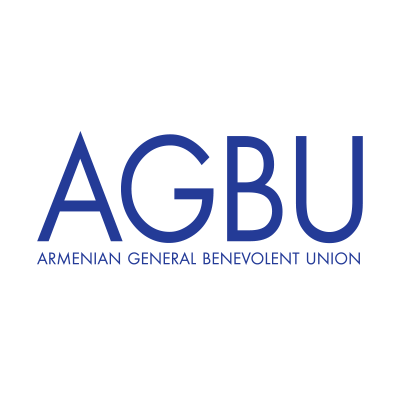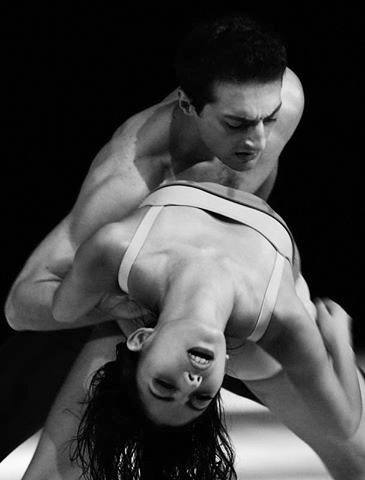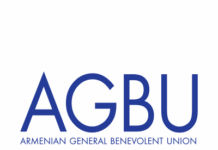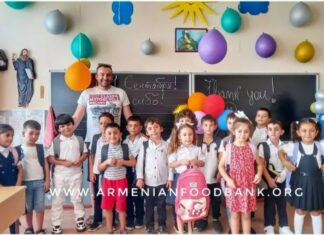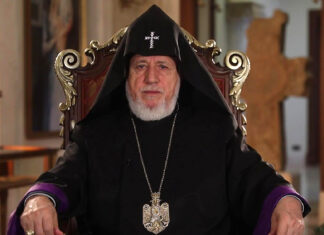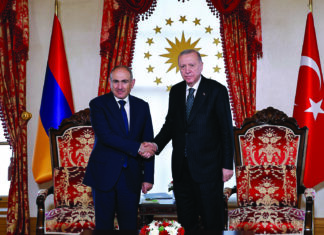By Artsvi Bakhchinyan
Special to the Armenian Mirror-Spectator
FUKUOKA, JAPAN — In the Japanese town of Fukuoka, a ballet school and a dancing company function, bearing the Armenian name Gharibyan Ballet Academy and Gharibyan Krunk (Crane). They were founded by the young dancer and dance teacher Azat Gharibyan from Yerevan. He also manages the organization “Ballet Aplomb,” which promotes getting a ballet education abroad.
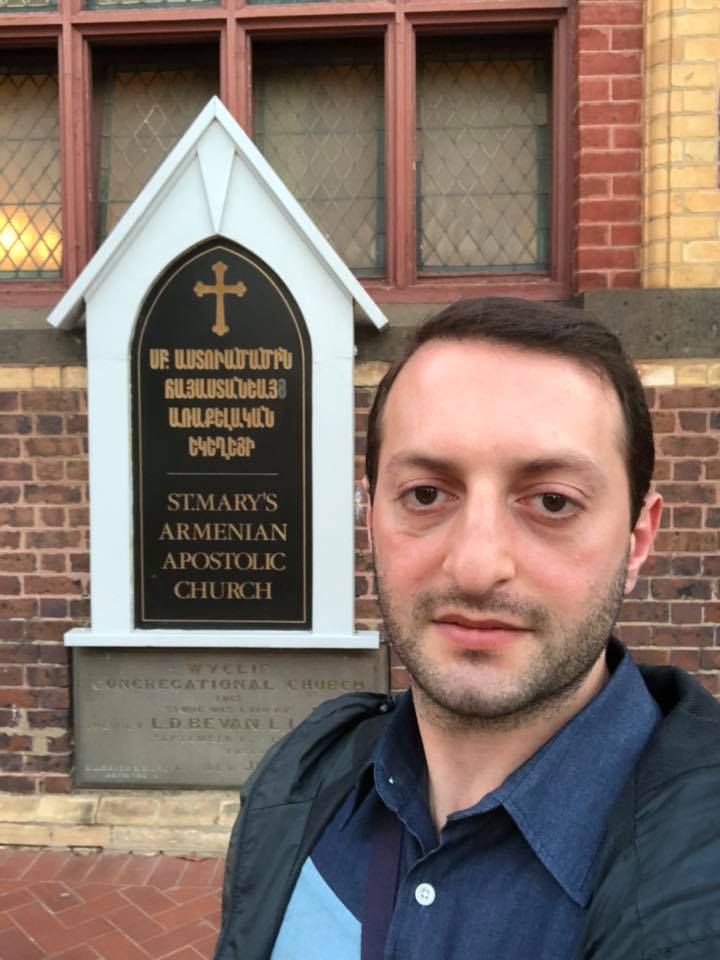
The grandson of the award-receiving representatives of the art of Armenian ballet, Azat Gharibyan and Tereza Grigoryan, Azat Gharibyan Jr. (born in 1981 in Yerevan), received a professional education in Yerevan and Saint Petersburg. In 1997 in Yerevan, he was awarded a silver medal in the Amadeus dance competition in the category of Folk Dance. In 2004, in Castiglione, Italy, he was awarded a golden medal in the international ballet competition and the award for the best technique.
During 1999-2001, he served in the Sardarapat ensemble of the Ministry of Defense of the Republic of Armenia at the Officers’ House of Yerevan and in 1999-2002 danced in the Spendiaryan Opera and Ballet Theater. In 2002, he started his activities abroad, first in Czech Republic and in Slovenia, then six years in the German theater of the Flensburg region. Here he has appeared with main roles in the classic and modern repertoire.
Retiring from dancing and settling in Japan in 2011, Azat Gharibyan is busy now teaching dance. During the 10th “Ballte-Kone” competition, he was declared the best dance teacher of Fukuoka. He was also considered the best ballet teacher at the Namue classic ballet competition thrice.
